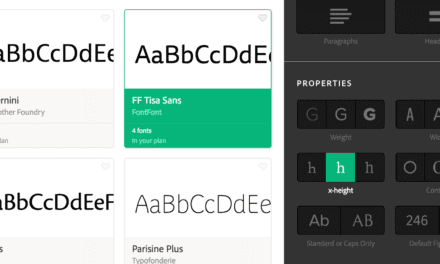ARTICLE SUMMARY: The idea of accessibility has been around for quite a while. In 1961, the American National Standard Institute published its first standard for accessible design. In May 1999, the Web Content Accessibility Guidelines (WCAG) 1.0 were established, The first step in establishing guidelines for accessibility on the web.
As time moves forward accessibility has become more important in assuring people with disabilities have access to the same products and services as any other person.
As more businesses are getting on board with “accessibility” we need to ensure we are doing all we can to provide access to all. For those companies that have been designing for accessibility all along we need to make sure they are up to date with the latest guidelines.
To evaluate how effective our accessibility design is Michael Fouquet has written “4 signs your product is not as accessible as you think“. Michael says to make sure you are doing all you can you need to look at
- You didn’t define a11y principles at the start of your journey
- You’re treating a11y like a set-it-and-forget-it
- You and your team haven’t tried out a11y tools
- You aren’t talking to your users
Designing for “accessibility” is also good business, the more people that have access to your product or services the better the chances of improving your bottom line.
Accessible design is just good design. It’s a misconception that it only improves UX for people with disabilities — it provides a better experience for everyone.
Let us know what you think in the comments.




